The ideal vacation in the South of France for foodies, explorers, and wine enthusiasts.
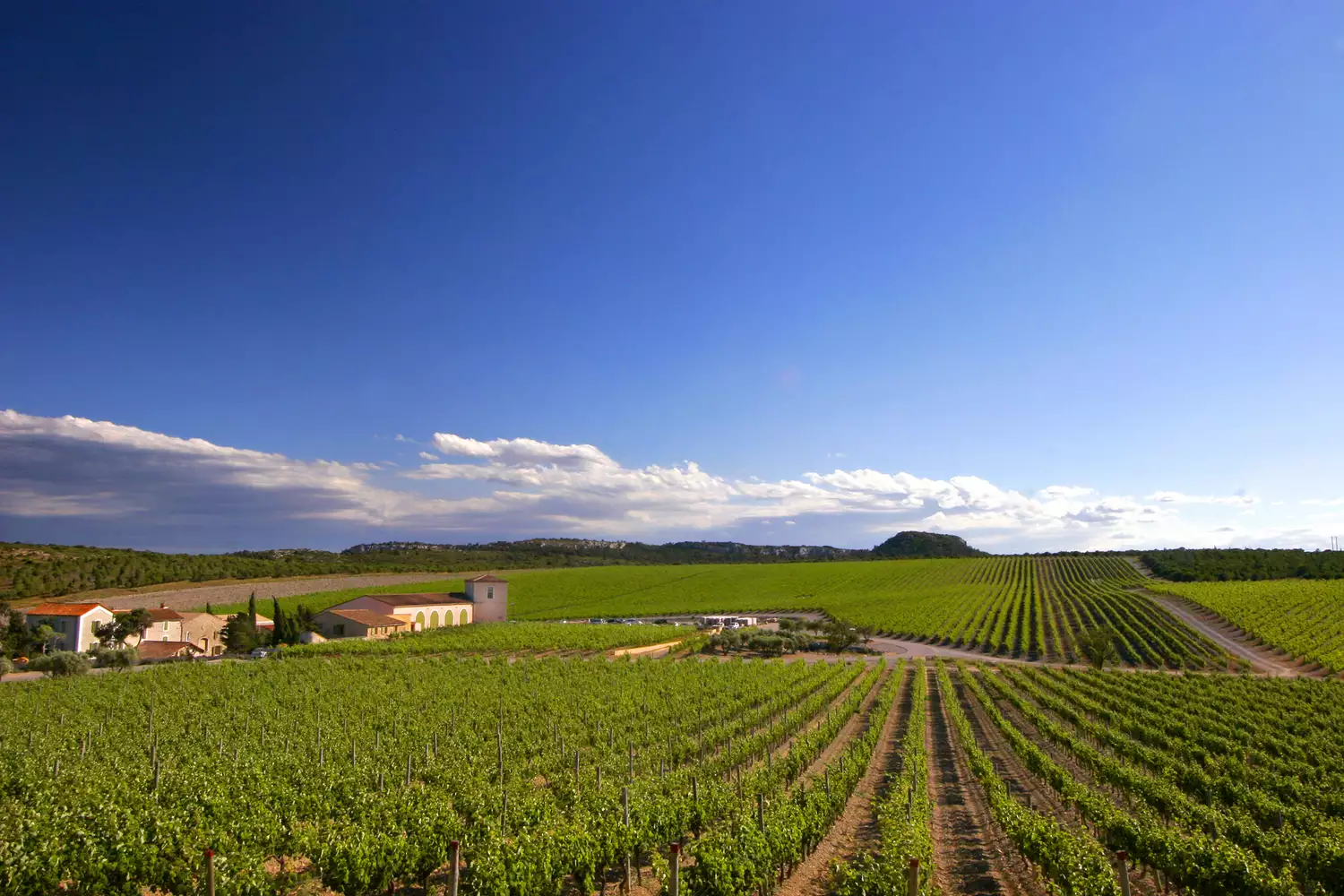
Editor's note: Travel may be challenging at the moment, but use these imaginative vacation suggestions to organize your upcoming bucket-list excursion. Travelers are highly advised to research any COVID-19-related local government regulations, policies, and safety precautions before setting out, as well as to evaluate their comfort levels and health status.
You might not be flying abroad anytime soon due to persistent border restrictions and increased testing requirements. However, a little fantasizing can be all you need to shake off the blahs. Consider how you would imagine spending this summer reclining poolside in the south of France while enjoying a bottle of cool wine. Doesn't feel good, does it?
We spoke with Gérard Bertrand, one of France's most well-known wineries, about his native Languedoc-Roussillon to make this ambition a reality in the future. Bertrand shared with us his recommendations for what tourists should see, do, and—possibly most importantly—drink and eat to make the most of their stay.
First things first, for those of you who are unfamiliar with Languedoc-Roussillon, it is a mountainous area in the south of France that is bordered by the Mediterranean to the east and the Pyrenees to the south. It is a place of amazing beauty, yet frequently disregarded in favor of the opulent vineyards of Bordeaux and the glamorous beach cities of the Côte d'Azur. Its coastline is lined with sandy beaches, and its interior is peppered with medieval forts and Roman ruins. You can spend your days exploring the quays in beach communities like Collioure or ambling through picture-perfect villages like Roquebrun's cobblestone alleyways.
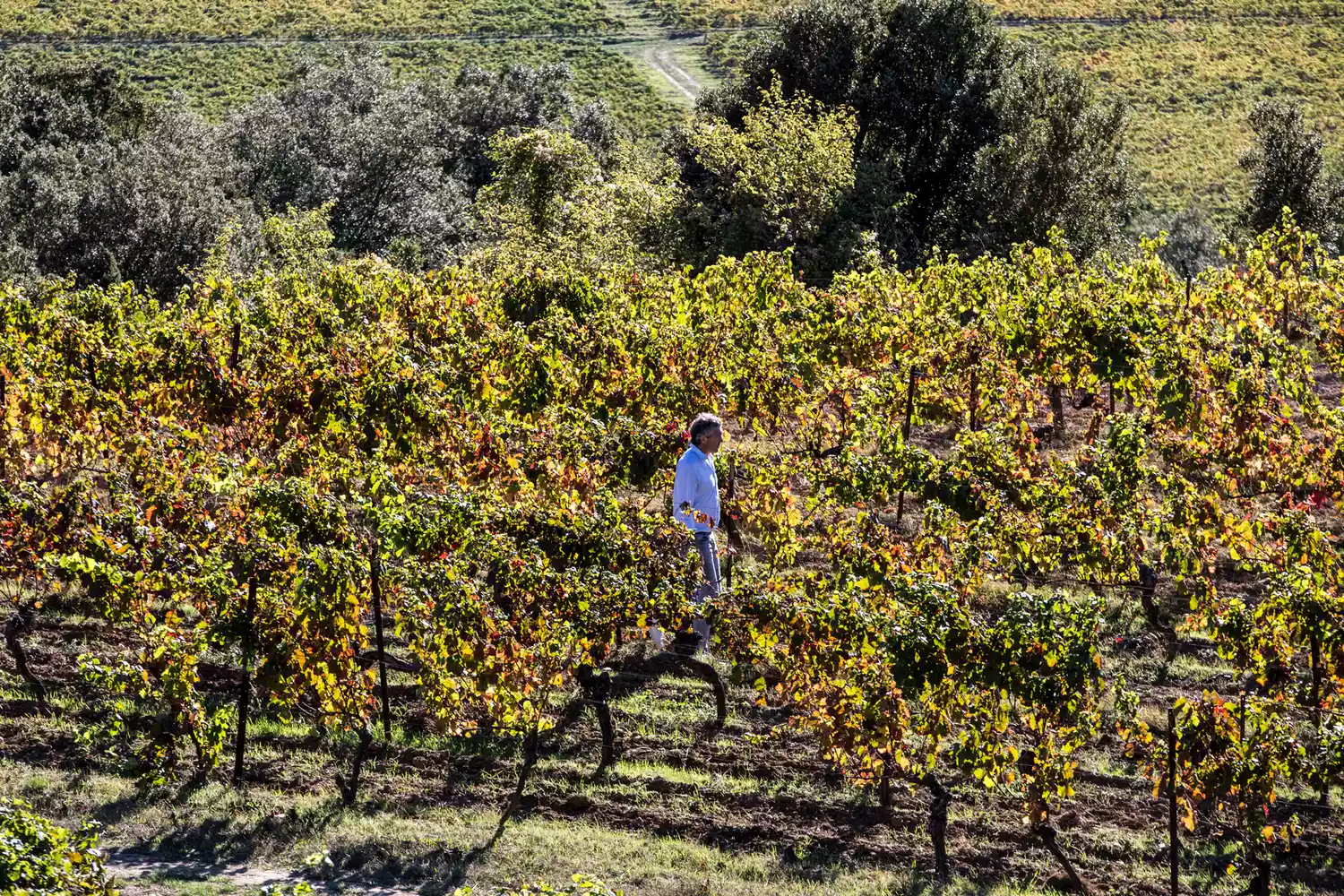
With half a million acres planted in vines and the production of nearly a third of all French wines, Languedoc-Roussillon also happens to be France's largest wine region. It is well-known for earthy red blends like mourvèdre, grenache, carignan, and syrah. Additionally, you can enjoy Champagne's predecessor, Blanquette de Limoux, a tongue-tingling white sparkler. Even sweet fortified wines are produced in Banyuls and Maury, a little village hidden behind the Château de Quéribus.
It is understandable why Bertrand, one of France's busiest winemakers, resides in Languedoc-Roussillon. As a third-generation vigneron with strong ties to the area, Bertrand now owns 16 wine farms spread over the entire region that all use biodynamic farming methods. Who better inquire about the area's secret attractions? Instead of providing a detailed itinerary, he provided a summary of his recommendations for places where guests can relax, uncork, and enjoy.
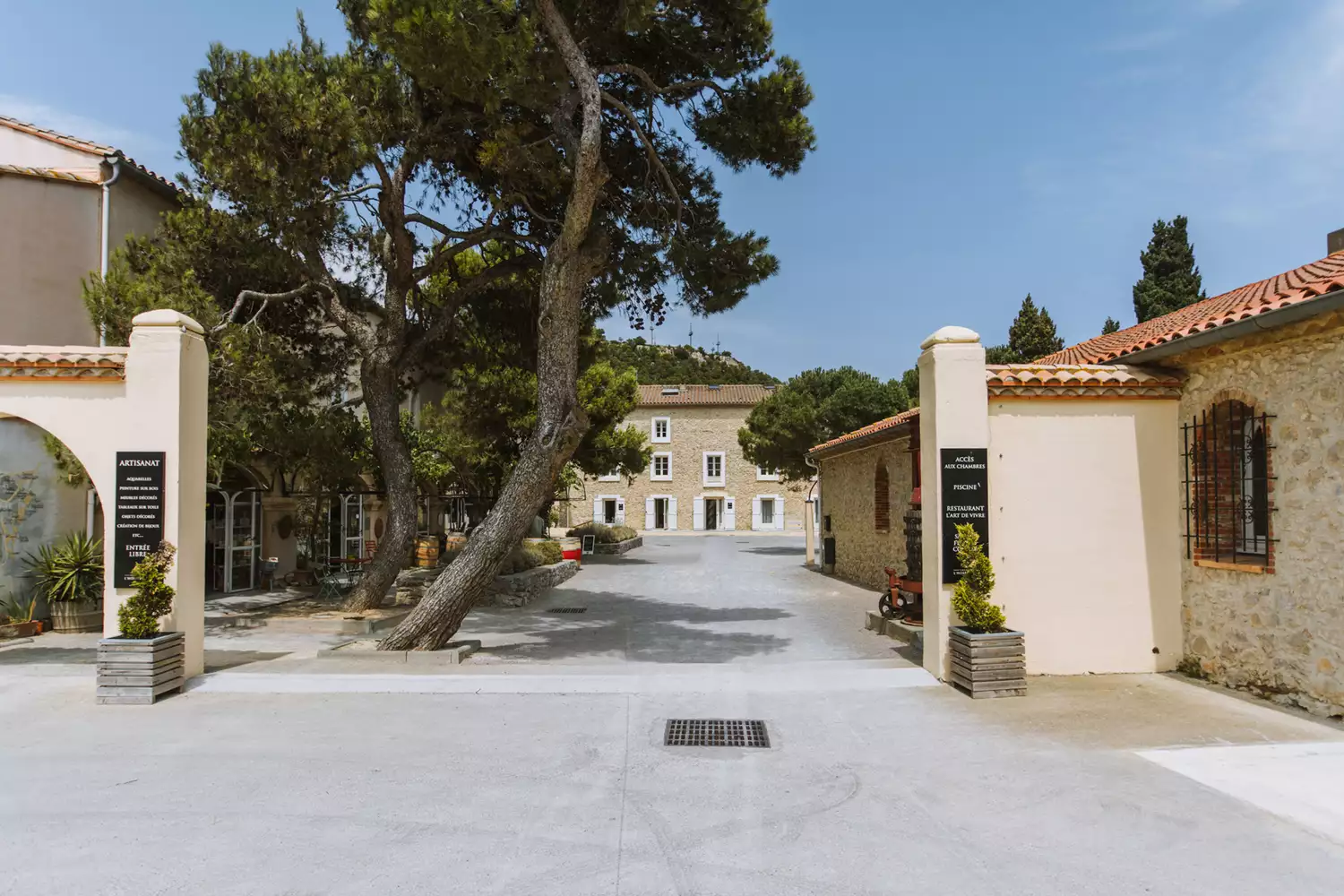
Bertrand suggests a stay at Château L'Hospitalet, his hotel, like any good host would do in France. Near the historic Roman city of Narbonne, the former benevolent hospice from the 13th century is situated on a promontory with panoramic sea views. From September through June, you can even hire the entire thing out for $7,900 a night (there is enough room for 34 guests). A single room will do, especially if it's during the annual summer Jazz Festival in July if you don't want to spend all of your wine budget. Even little travel is required for your first wine experience. In 2019, the International Wine Competition named Château L'Hospitalet Grand Vin Rouge AOP La Clape 2017, a red made from grapes grown in the region's vines, the greatest red wine in the world.
However, if you could only sample one of his wines, Bertrand would recommend the carignan and syrah mix from his La Forge vineyard. He explains, "That was my father's favorite package. "The syrah is from old vines, while some of the carignan grapes are over 100 years old." He continues, "The combination evokes robust, beautiful scents, but gently balances spice with all the subtleties of cherries, including acidity, jam, and stone. It's a wonderful representation of wines from the Languedoc-Roussillon region.
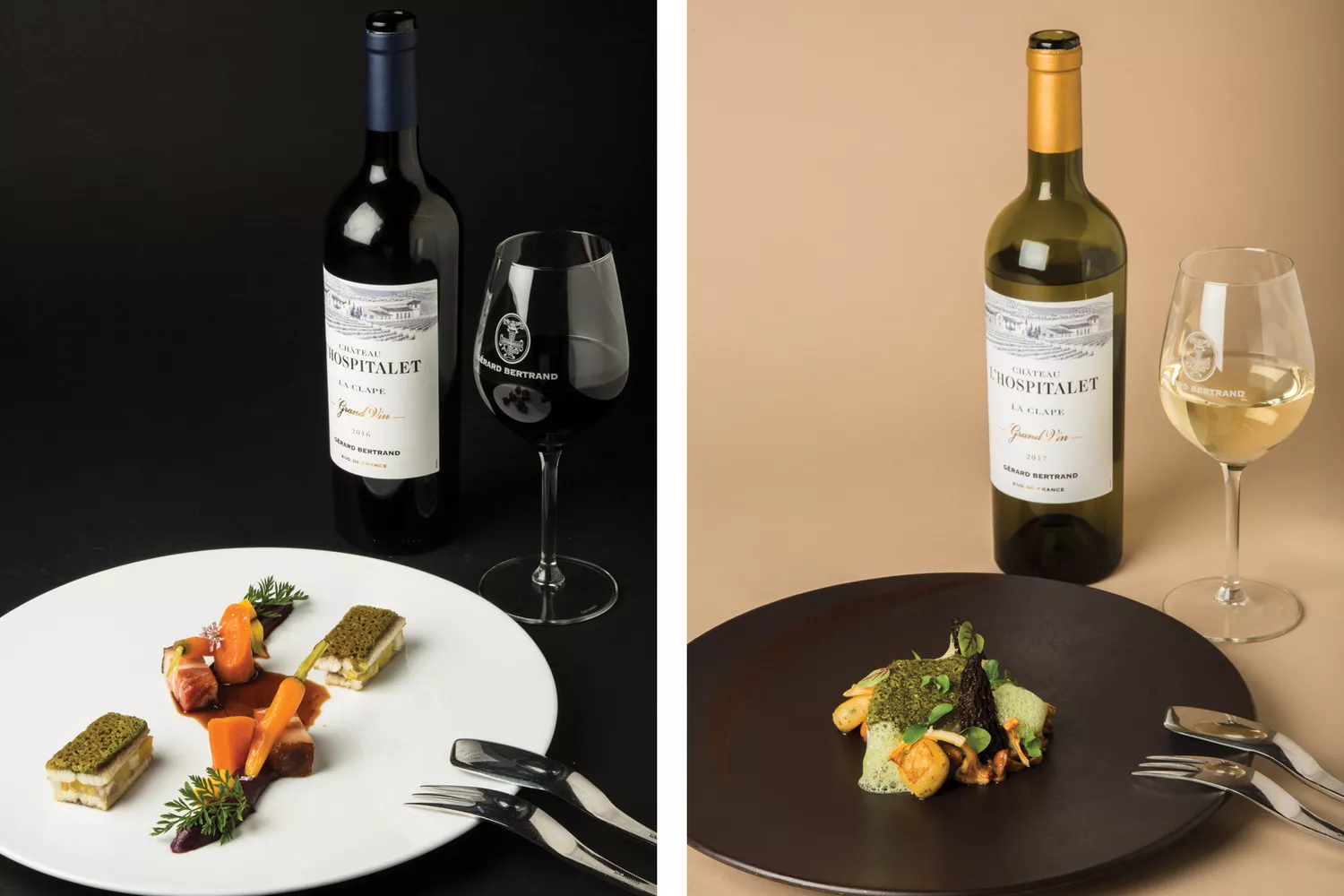
Of course, it would be preferable to pair some of the region's most well-known foods, such as the robust cassoulet, with its wines. Bertrand suggests the homemade cassoulet at Restaurant Comte Roger in the walled medieval city of Carcassonne as the ideal meal to have after a stroll through the city's huge defenses.
The fish and seafood off the long Mediterranean coast of Languedoc are renowned. Visit Le Domaine Tarbouriech in the sun-drenched town of Marseillan for fresh, briny oysters. While you're there, spend some time at L'Etang du Bagnas birdwatching. Keep an eye out for grey herons and pink flamingos. Alternately, take a brief trip along the Canal du Midi, which ends at the Pointe des Onglous, and arrange a vermouth tasting at the famed Noilly Prat headquarters.
At the beach close to Gruissan, "where the magnificent, sandy beaches match the Riviera," spend the day sailing, windsurfing, or just lazing around. He suggests reserving a table at Le Paparazzo, an outdoor beach bar, for refreshments and light cuisine. The fishing community itself is a labyrinth of lovely, winding lanes on a hill between two lagoons, topped by a tower from the 12th century. "Gruissan is also known for oyster cultivation, and the outdoor La Cambuse du Saunier is a perfect site to sample them along the marshes," explains Bertrand. The popular salt pans of the city, where you can purchase some delectable souvenirs, are right next to the café.
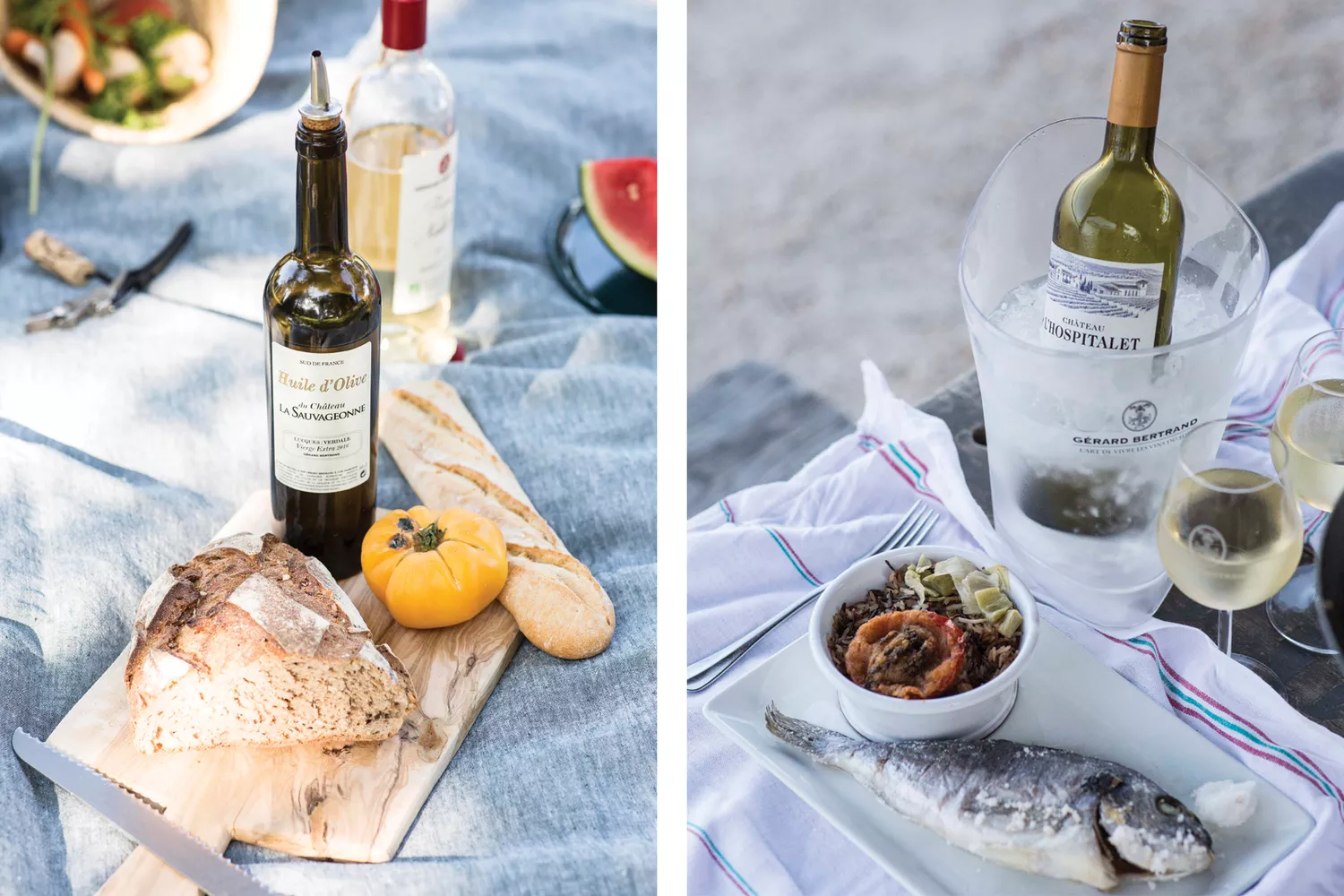
Another must-try regional dish, in Bertrand's opinion, is the aged Aubrac beef served at Château L'Hospitalet's L'Art de Vivre restaurant. The meat of these cattle, a breed native to the Massif Central region of France, has a characteristic marbling and exquisite flavor since they are fed a diet of grass, hay, and herbs. But reserve a table at Auberge du Vieux Puits for your indulgence. According to Bertrand, this three-Michelin-star restaurant close to Narbonne uses some of the greatest regional products from markets all around the area to create the most exquisite dishes. Among the delicacies are a roasted black pig with puffed rind, black pudding mousseline gratin, andouille meatballs, two kinds of potatoes, and local olive jus. Another dish is sautéed Mediterranean grouper in a ragout of its juices with tarragon and pressed local vegetables.
Six feet, five inches tall As a well-known rugby player for RC Narbonne, Bertrand also has other physical activities to recommend. There is a beautiful trail that connects some of these perched, medieval strongholds that sit in the foothills of the Pyrenees mountains, and the Cathar castles are one of the historical highlights of the area, according to him. You could hike the Cathar Trail for days or even weeks while taking in each of these breathtaking mountainside series.
The extensive, dual-level ruins of Peyrepertuse and Montségur, where the splinter Cathar sect of Christians was defeated by a siege by the army of the French monarch from 1243 to 1244, are two of the most noteworthy. To view Quéribus' beautiful salon du pillar (pillar room), which features slender pillars that mimic palm trees, climb up to the fort. Bertrand advises stopping at the Cucugnan village on the way down the mountain. To make items for his nearby boulangerie, Les Maîtres de Mon Moulin, well-known baker Roland Feuilles grinds wheat and other grains at a 17th-century windmill.
Bertrand suggests that you should detour to the village of La Livinière in the Minervois appellation if you happen to be traveling between Narbonne and Carcassonne. He adds that in addition to being picturesque, the area produces some of the best red wines. Bertrand bought the property that would become Clos d'Ora in 1997 after being drawn to the dry region with its limestone soils and seemingly pink sunsets. As he puts it, "the land and grapes are grown biodynamically, by mule, so there is a deep connection with nature." His dream is "to link mineral, plant, animal, and human."
This specific piece of land is very important to Bertrand. "Dedicated to serenity and love...where I come to escape and be in sync with my environment," he says of his refuge. After this last year, doesn't that sound like a location we could all enjoy?

